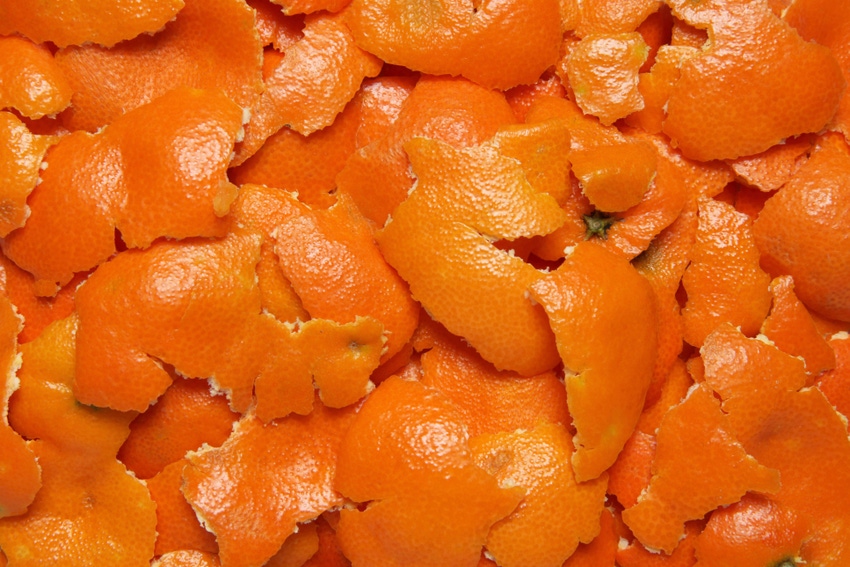How Orange Waste Transformed a Barren Section of a Costa Rican National Park
The barren section of Costa Rican national park Área de Conservación Guanacaste now resembles lush woodland.

Twenty years ago, orange juice producer Del Oro dumped thousands of orange peels and pulp onto a barren section of Costa Rican national park Área de Conservación Guanacaste. Now, the barren section resembles lush woodland.
Timothy Treuer, a Princeton University researcher and lead author of a new study published in the journal Restoration Ecology about the rejuvenated forest, is one of the researchers trying to figure out how the orange waste actually transformed the barren section of the national park.
He and his research team evaluated two sets of soil samples to determine whether the orange peels were responsible for enriching the soil’s nutrients. The team found that the soil samples of the land fertilized by the orange peels had richer soil, more tree biomass, a greater variety of tree species and a larger forest canopy closure than the soil samples of the abandoned pasture 100 yards away.
Popular Science has more:
Orange isn’t just the new black. It’s also the new green. Twenty years ago, an orange juice producer dumped thousands of tons of orange peels and pulp onto a barren section of a Costa Rican national park, which has since transformed into a lush, vine-laden woodland. The shift is a dramatic illustration of how agricultural waste can regenerate a forest and sequester vast sums of carbon — for free.
Even more remarkable, it was an accident.
“I was totally floored,” said Timothy Treuer, a Princeton University researcher and lead author of a new study published in the journal Restoration Ecology about the rejuvenated forest. “The area that received the orange peels was divided from the [area that did not receive the peels] by a single track dirt road, but the two areas looked like completely different ecosystems.”
About the Author(s)
You May Also Like


